
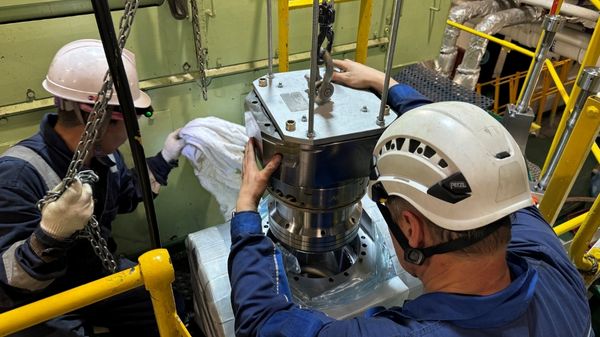
|
WinGD promotes variable compression ratio retrofits for existing LNG dual-fuel engines
Engine designer claims technology can reduce emissions and methane slip ahead of 2030 targets. |
|
|
|
||

|
IBIA announces 11 nominees for four board vacancies in 2026 election
Voting opens 5 January with results to be announced at AGM on 9 February. |
|
|
|
||
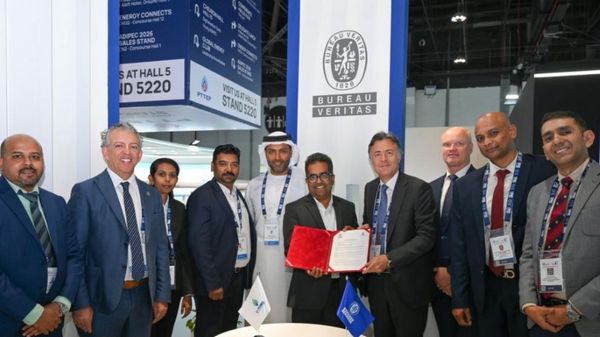
|
Bureau Veritas and C-Torq Marine Services sign MoU for hydrogen energy system development
Partnership aims to secure approval in principle for W-VOLT120 hydrogen-based maritime power system. |
|
|
|
||
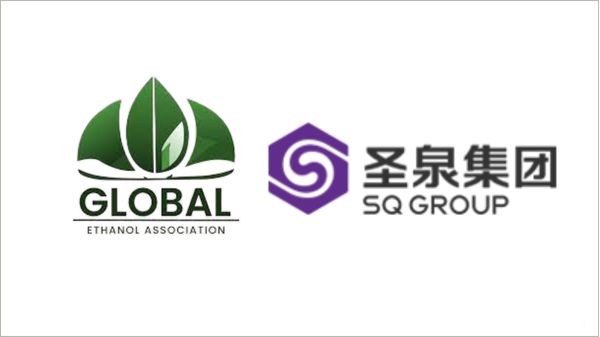
|
Jinan Shengquan Group joins Global Ethanol Association as founding member
Chinese bio-based materials group joins new industry body promoting ethanol for energy security and emissions reduction. |
|
|
|
||
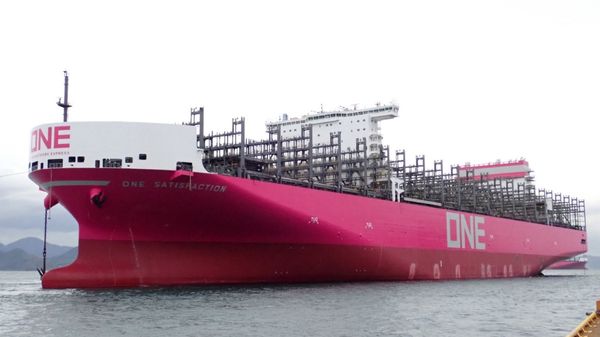
|
Ocean Network Express names sixth methanol and ammonia-ready container ship
ONE Satisfaction is a 13,800-teu vessel scheduled for delivery in February 2026. |
|
|
|
||
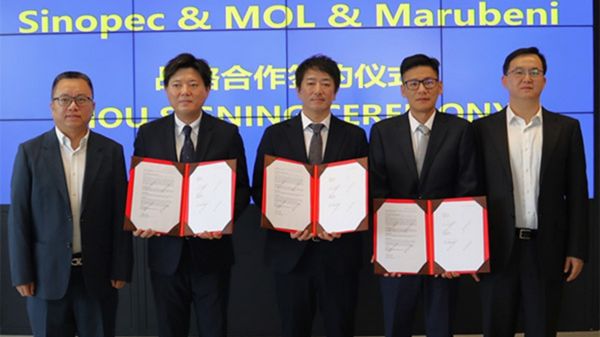
|
MOL, Sinopec and Marubeni sign MoU to establish marine biodiesel supply system in China
Partnership aims to secure stable biodiesel supply for shipping decarbonisation in Chinese waters. |
|
|
|
||

|
BP to sell 65% stake in Castrol to Stonepeak for $10bn enterprise value
Deal brings BP's divestment programme to $11bn, with proceeds earmarked for debt reduction. |
|
|
|
||

|
RINA approves design for Clippership's 24-metre autonomous wind-powered cargo vessel
Classification society to supervise construction of zero-emission ship featuring twin rigid wings for transatlantic operations. |
|
|
|
||

|
Bureau Veritas classes first methanol dual-fuel boxship as CMA CGM takes delivery
The 15,000-teu CMA CGM Antigone was built by CSSC Jiangnan Shipyard in China. |
|
|
|
||

|
Samsung Heavy Industries' floating nuclear plant design wins ABS approval
Concept features twin KAERI small modular reactors and a compartmentalised layout to support offshore nuclear power generation. |
|
|
|
||
| New bunker testing device indicates sulphur content 'in less than three minutes' [News & Insights] |
| Parker Kittiwake launches 'breakthrough' analyser for simultaneous onboard testing [News & Insights] |
| ClassNK subsidiary launches IMO fuel consumption reporting service [News & Insights] |
| Debris team finds bunker bottles: AMSA investigates [News & Insights] |